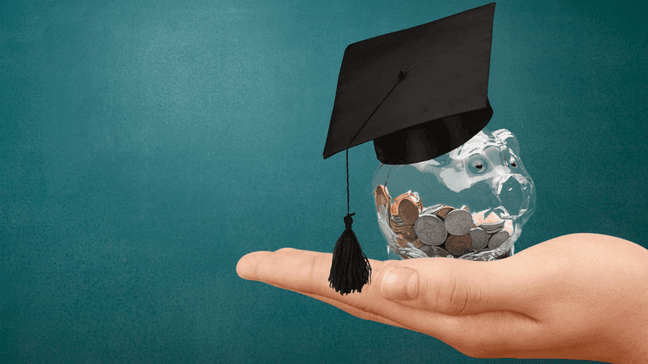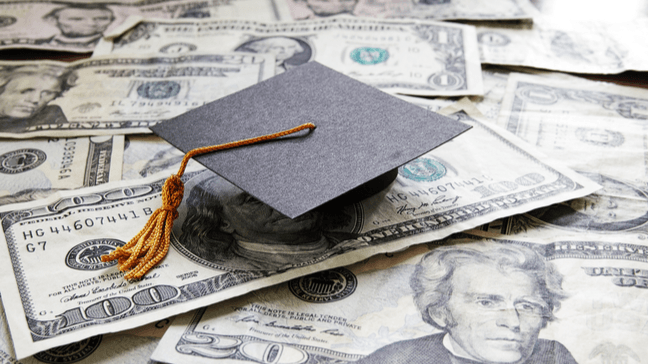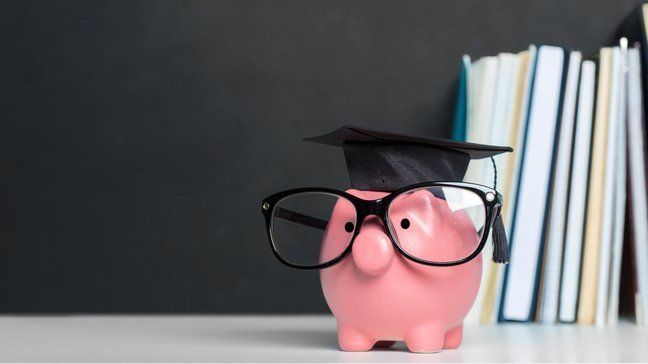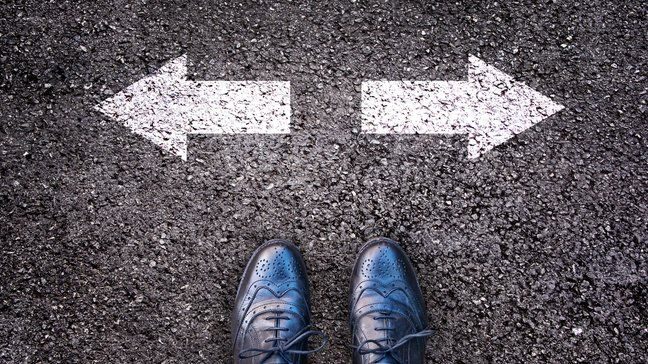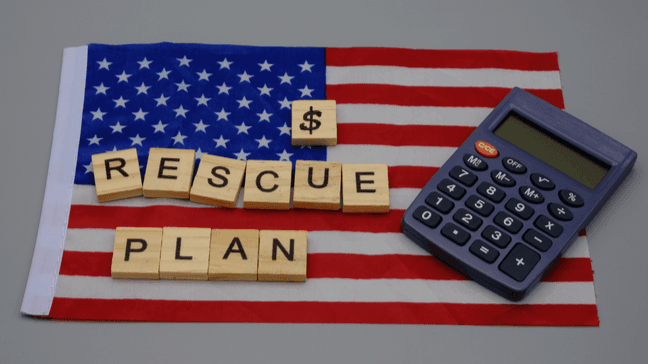
Although the COVID-19 pandemic has affected most Americans financially, those contending using the weight of student education loans have an additional burden on them. Based on the Consumer Finance Protection Bureau, there is $1.7 billion outstanding in student education loans from 45 million borrowers – or roughly one-sixth of the American population.
Despite the down sides, there is a reason for significant hope. On March 11, 2022, President Joe Biden signed the American Rescue Plan Act of 2022 into law. While it fell lacking forgiving federally-owned education loan debt, it did offer student borrowers a lot of resources and choices for dealing with their obligations.
How can the American Rescue Plan help your financial troubles? Based on your situation, you might have a 0% rate of interest in your loans, and may not need to create a payment until Sept. 30, 2022.
What will the American Rescue Plan do for student borrowers?
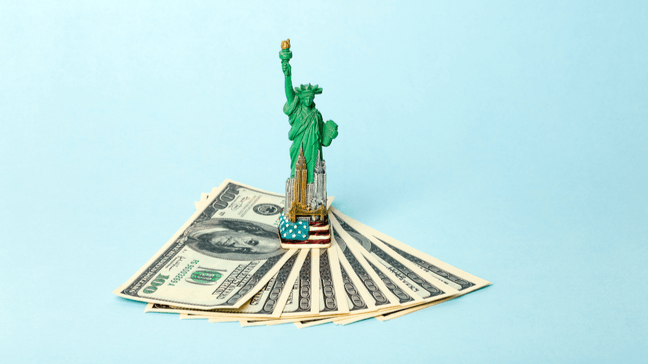
The American Rescue Plan is the “fifth phase” public assistance bill to become went by Congress since the COVID-19 pandemic began. In addition to authorizing another economic stimulus payment to qualifying Americans, the law also extended relief measures for college students and those holding federally-guaranteed student loans: Direct Loans, the Federal Family Education Loans (FFEL), and Perkins Loans.
$40 billion in student grants to help with financial needs
The law authorizes another $40 billion for that Higher Education Emergency Relief Fund (HEERF). Half of the money must go directly to students by means of emergency educational funding grants, while administrators are encouraged to use the grants to discharge student debt. The money is designed to help students with exceptional financial needs, regardless of their status in the educational institution.
Student loans dropped to 0% interest through September 2022
Beyond the grants, the American Rescue Plan provides a reprieve for individuals who currently own student education loans. The law reduced the eye rates on all loans held through the U.S. Department of Education to 0% through Sept. 30, 2022. The zero-interest period is retroactive through March 13, 2022.
Tax deferred on student loan forgiveness programs
In addition, all education loan forgiveness programs is going to be tax-free through 2025. This enables students who're pursuing an annulment of their debt with the Public Service Loan Forgiveness Program or other choices to reduce their balance owed towards the government and never owe taxes around the amount dropped as if it were income. Despite the fact that borrowers aren't making payments on loans right now, the months will still count as if a payment was made if all other program requirements are met.
Catching up on student education loans in default
The Education Department will suspend collection activity on a person with financing in default until at least Sept. 30, 2022. Although borrowers are not necessary to make payments, they may have the opportunity to get out of default through loan rehabilitation or loan consolidation.
This portion is critical for the 1.14 million Americans who are currently in arrears on the privately-held FFEL loan, because they may be able to get caught up on their own obligations. Those who remain in student loan default could face severe financial penalties, including difficulty signing up for utilities, obtaining a mobile phone plan, or getting approved for housing.
How does the American Rescue Plan help those with federal student education loans?
If you currently hold federal student loans through among the three programs, you might not need to take action. The law automatically set currently active, delinquent, and defaulted federal student education loans to 0% as of March 13, 2022. In the event you already made payments since then, you are able to request a refund of student loan payments made from your education loan servicer. It’s vital that you be sure that your student loan servicer has your most current hair straightners themselves, in case they need to send your correspondence.
Those who is able to make payments on their own student loans should continue making payments, as they is going to be directly put on their loan principal. This could ultimately help you get a lesser payment when the 0% payment period is over, or pay off your loans entirely without additional charges. Either route could save you a lot of money over time.
For the 1.4 million Americans who're currently in arrears on their own federal student loans, there is additional hope. Beyond the paused collection actions, anybody who entered default on or after March 13, 2022, is going to be returned to good standing, providing them with the opportunity to get up to date on their debt. Consequently, over 800,000 individuals will be able to collect a complete federal tax refund without the worry of having it seized to pay off the debt.
If you’re unsure of what type of loans you have, you can check using the National Student Loan Data System, accessible at studentaid.gov. The National Student Loan Data System is the central database from the Education Department, which keeps track of all student loans and grants.
Does the American Rescue Plan help borrowers with private student loans?

Unfortunately, the provisions for the American Rescue Plan don't include most private student loans held by commercial lenders. While you will find exceptions for Federal Family Education Loans owned by commercial lenders and Perkins Loans of educational facilities, the majority of privately-held loans will not qualify for deference or 0% interest. Anyone who has private loans should contact their lenders to see what options are available to them.
One good option for dealing with student education loans is refinancing. Whether your goal is to refinance to obtain a lower rate of interest in order to consolidate balances to create one payment, refinancing student loans provides an avenue for relief. A person with a minimum of $5,000 in student loan debt from federal student loans, private student loans, or perhaps a combination of both, can refinance their balance.
However, refinancing isn’t always an available option for everyone. If you don’t have a good credit rating (700 or over), only one private education loan, or can’t afford your current education loan payment, you may not be the best candidate. During these situations, you might be able to negotiate an agenda together with your current lender to make sure you do not get into default.
If refinancing is the right option to help you get ahead on your student debt, the first thing ought to be to shop around. Exploring rates and refinancing options with local and national banks, lending institutions and loan marketplaces including can help you find the rates and terms for the balance.
Using MU30’s student loan refinancing calculator also may help you simulate all of your options according to your current situation, giving you control to understand how to reach your financial goals.
How to cope with student debt within the future
While there’s not a way to be aware what the near future brings, understanding all your options with regards to has given can give you top of the hand in managing your individual finances. Knowing how long federal student education loans take presctiption pause will help you produce a plan for the best ways to use your money – including paying down your student loan balances, getting swept up on charge cards and other bills, or putting money away for savings.
If you've private student loans, you still have an opportunity to request a reprieve. Either having a education loan refinancing, or through creating a budget, outlining your obligations for your student loan providers, and requesting reasonable assistance measures, it’s easy to get assistance on your balances due.
Every pathway to recovery starts with education. Learning about the present provisions and determining the best path forward will help you drive your financial life forward and increase your wealth.
Summary
The student loan benefits approved in the American Rescue Plan give those contending with educational debt a reprieve before the COVID-19 pandemic concludes. Underneath the plan:
- Student loan interest dropped to 0% and no payments through Sept. 30, 2022.
- Refund of payments made between March 19, 2022, and Sept. 30, 2022, upon request.
- Tax-free student loan forgiveness through 2025.
- Opportunities for all those in education loan default to obtain caught up.
Before making a intend to take advantage of the new benefits, be sure you can afford to make additional payments. Through budgeting and smart spending, place yourself in the best position now and well into the recovery.

